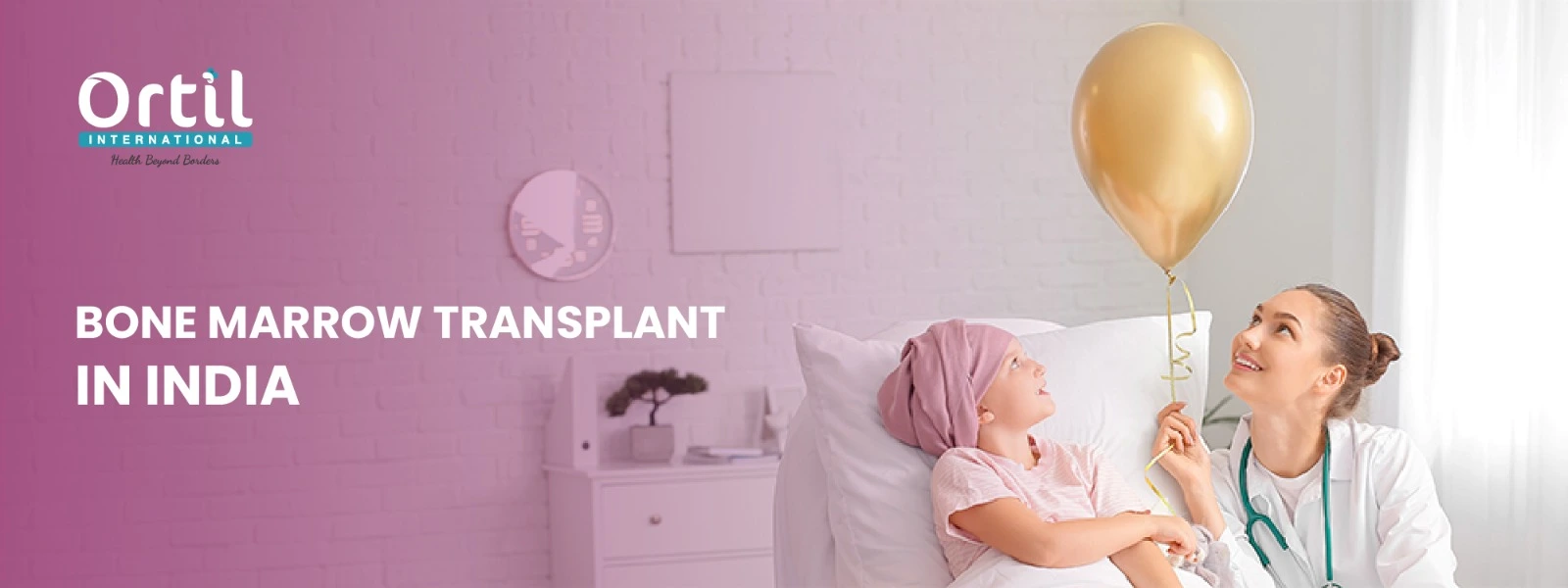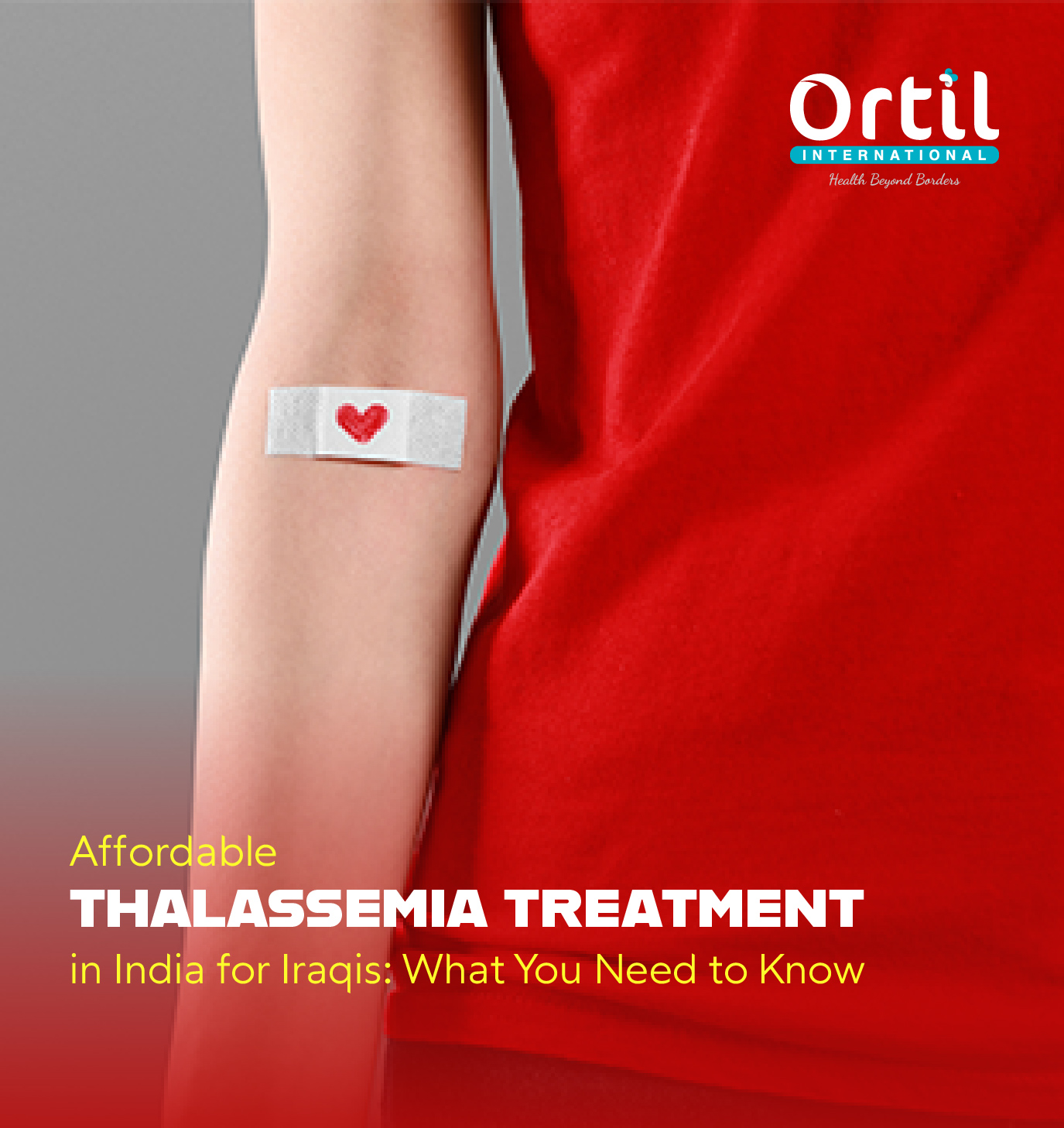What is the Success Rate of a Bone Marrow Transplant?
Bone Marrow Transplant is a particular type of treatment for cancer and other diseases. It also treats blood cell disorders, such as red and white blood cells. The success rate of a bone marrow transplant usually depends on the type, and each type has different success rates.
Let’s understand the types of bone marrow transplants and their associated success rates in detail.

What is a Bone Marrow Transplant?
Bone marrow is the central part of the bone. It is spongy and produces blood cells. When the bone marrow produces damaged blood cells, it is replaced with healthy bone marrow. The goal of this treatment is to restore the body's normal functions that are otherwise abnormal due to damaged bone marrow cells. Some of the diseases in which bone marrow transplant is performed are:
- Leukemia
- Lymphoma
- Multiple myeloma
- Certain genetic disorders
Types of Bone Marrow Transplants in India
Bone marrow transplants have many types, depending on the origin of the transplanted bone marrow. Some of the types of bone marrow transplants in India include the following:
- Autologous transplant
- Allogeneic transplant
- Umbilical cord blood transplant
Autologous Transplant : In this type of bone marrow transplant, the bone marrow cells or stem cells are collected and stored for future use. An autologous bone marrow transplant is used when the patient undergoes aggressive treatments like high-dose chemotherapy or radiation therapy. After the treatment, the stored stem cells are transplanted into the damaged bone marrow.
Allogeneic Transplant : In an allogenic bone marrow transplant, the stem cells are obtained from a compatible donor, such as a family member or a genetically identical person. The stem cells are then injected into the patient's vein, where they go to the bone marrow and start producing healthy bone marrow cells.
Umbilical Cord Blood Transplant : This is a unique type of bone marrow transplant in which stem cells are collected from the umbilical cord and placenta of newborn babies right after birth. These stem cells are beneficial and can be used in patients who need bone marrow transplants to treat their deadly disease.
Success Rates of Bone Marrow Transplant
The essential points about the BMT success rates are as follows:
- Patients with diseases other than cancer can have higher success rates of bone marrow transplants than patients with active cancer.
- Patients with some disease other than cancer have 75% to 90% success rates with a close family member.
- A person genetically identical but not a close relative has a success rate of 40% to 68%.
- If the cancer is in the acute stage, then the success rates of bone marrow transplants are 60% to 70% with a close family member, and for unrelated donors, it is 30% to 50%.
- The chronic stages of the disease or the cancer in the advanced stage have lower success rates of bone marrow transplant.
- The success rates are higher in younger patients than in old patients.
- Bone marrow transplantation success rates in India are very high due to highly skilled surgeons and advanced technology used in the procedure.
Success Rate for Different Types of Bone Marrow Transplants
The success rates vary in each type of bone marrow transplant, so you must have a complete understanding of these types and their success rates before undergoing a bone marrow transplant.
- In non-cancerous diseases, the success rates for an allogeneic bone marrow transplant with a related donor range from 70% to 90%.
- The success rates for an allogenic bone marrow transplant with an unrelated donor can be 36% to 65%.
- The success rates of autologous bone marrow transplants range between 50% and 80%, considered high success rates.
Factors Affecting Bone Marrow Transplant Success Rates
The bone marrow transplant depends on many factors, including the general health of a patient and the availability of a close family member to donate stem cells. Some of the essential factors that determine the success rates of bone marrow transplants are described below:
- Age of the patient
- The type and stage of the disease
- Type of donor (related or unrelated)
- Dose of chemotherapy or radiation therapy
- Graft-versus-host disease (GVHD) reaction
- The general health of a patient before the disease
- Presence of other medical conditions
- Type of bone marrow transplant (autologous or allogeneic)
- Infection control measures
- Skills and expertise of healthcare professional
- Post-transplant care and follow-up
- Immunosuppressive therapy management
- Donor-recipient blood group compatibility
- Availability of supportive care, including nutrition and psychological support
- Response of a patient to treatment during and after transplantation
- Variability of tissue type
- Genetic factors affecting immune response
- Treatment of relapse or graft failure
Life After Bone Marrow Transplant
After a bone marrow transplant, the patient's life is not the same as that of a normal patient for some time. After 2 to 3 weeks of bone marrow transplant, the infused stem cells produce new blood cells. At this point, you may be discharged with instructions for follow-up with your surgeon.
You are bound to visit the clinic for follow-ups for at least three months. This is necessary to monitor any complications, such as infections, electrolyte imbalances, dehydration, and those who had allogeneic transplants and graft-versus-host disease. During these follow-ups, your doctor can perform various tests and physical exams. He may also guide you in managing the complications with lifestyle modifications and medications.
After a bone marrow transplant's success, the recovery phase includes carefully managing food, medications, activity, hygiene, and close contact. You also have to maintain your medications and activity level. Activity may start with daily walks and simple exercises and then can be gradually increased according to the patient’s health. The recovery after a bone marrow transplant can take time because it is a major surgery.
The Long-Term Success Rate of Bone Marrow Transplants in India
The success rate of bone marrow transplants in India is more than 90% due to the availability of experienced surgeons. The estimated success rate 20 years after transplantation is 50% to 80%. Patients without any other medical condition or with no recurrence of cancer have higher survival rates than patients with existing medical conditions. The primary causes of mortality were cancer and recurrent disease, followed by infections, chronic graft-versus-host disease, respiratory diseases, and cardiovascular diseases.
Individuals who have survived beyond five years after bone marrow transplant without disease recurrence have a high chance of surviving an additional 15 years. Bone marrow success rates are high, but life expectancy does not return to normal.
Conclusion
The success rates of bone marrow transplants in India are very high because surgeons use advanced technology with excellent skills and experience. However, the BMT success rate in India depends on many factors, such as the age and health of the patient and the type of transplant. Life expectancy after a bone marrow transplant has increased in recent years. Recovery after a bone marrow transplant can take months to even years.
FAQs of Success Rate for Bone Marrow Transplant in India
Why Choose India for a Bone Marrow Transplant?
India is ideal for bone marrow transplants because of its high success rates and affordable cost. The surgeons in India are highly experienced and perform surgery with great skill, making India a preferable choice.
What is the Average Procedure Cost for a Bone Marrow Transplant in India?
The cost of bone marrow transplants in India ranges from 1,120,000 to 1,370,000 INR.
How is the Success Rate of Bone Marrow Transplants in India Measured or Evaluated?
The success rate of bone marrow transplants in India is measured by the survival rate after BMT. High survival rates indicate high success rates.
Is a 50% Match Good for a Bone Marrow Transplant?
50% match is a haploidentical transplant, meaning the donor matches exactly half, which can be your mother or father. It is also an option for donor transplants when other options are not available.
How Does the Success Rate of Bone Marrow Transplants in India compare to other countries?
The success rates of bone marrow transplants in India and other countries are very high, up to 90%. Still, the cost associated with a bone marrow transplant in India is much lower compared to other countries.


















